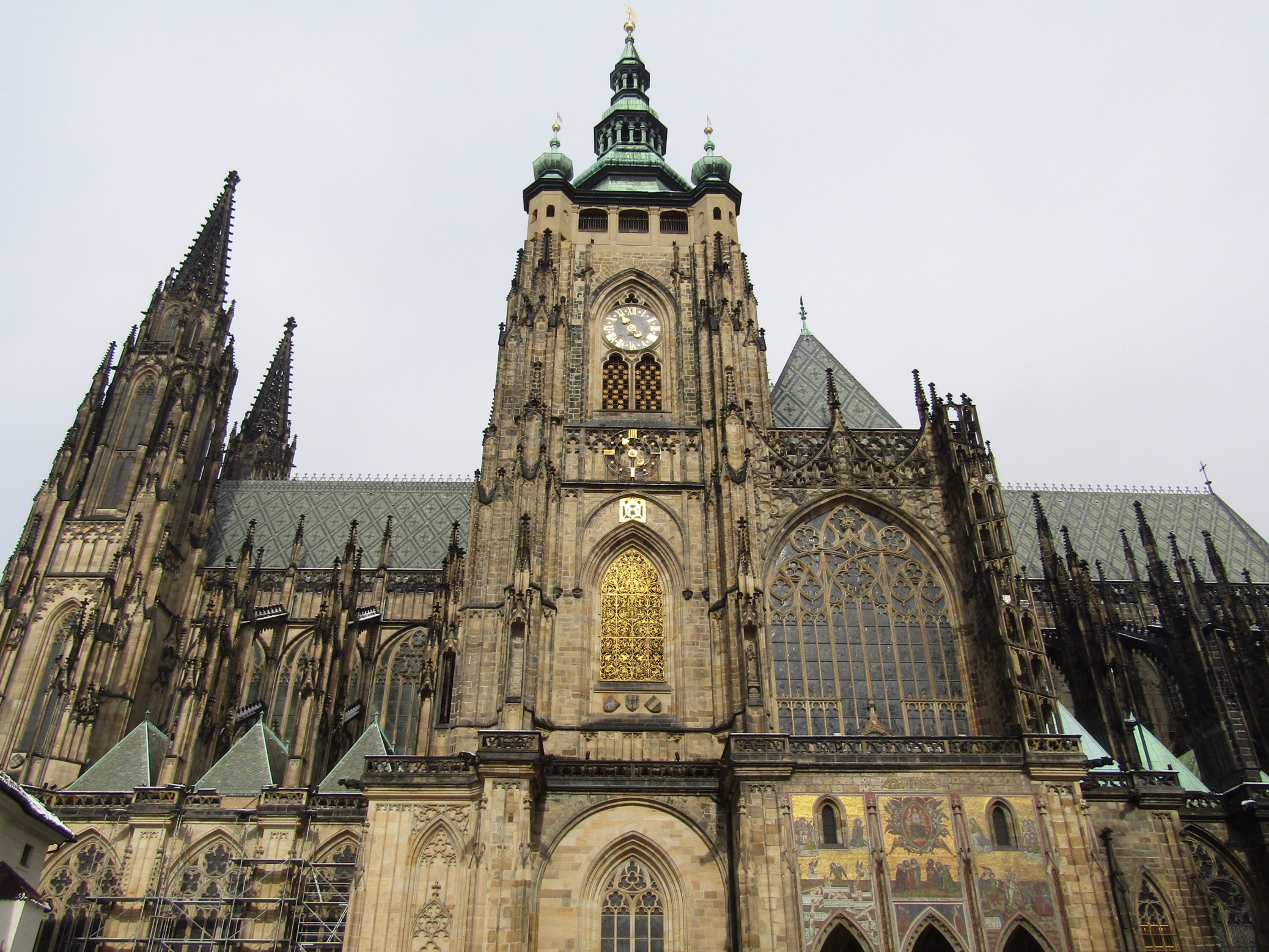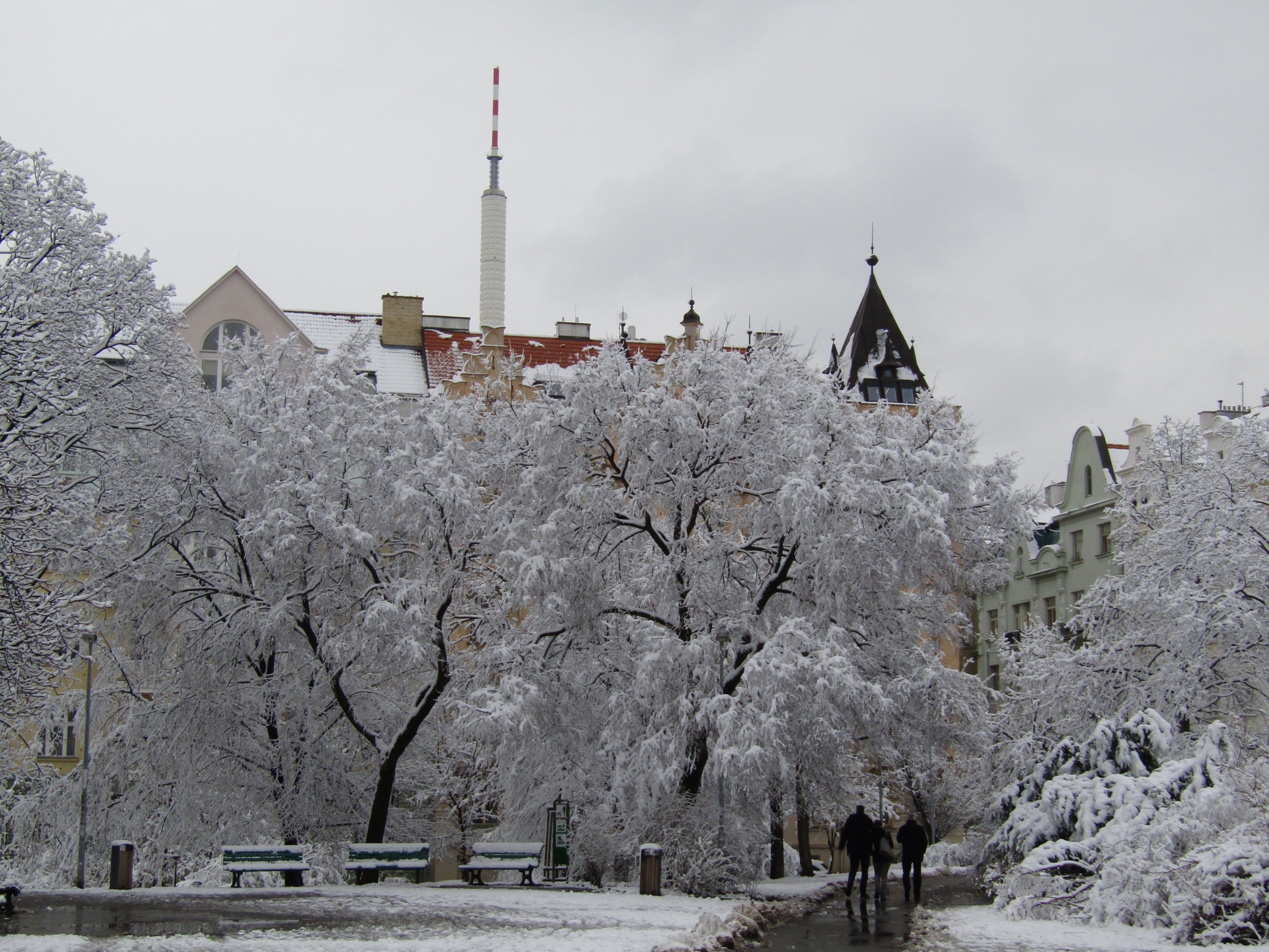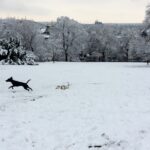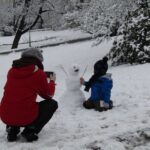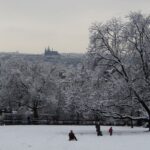On our last day in Prague, we crossed the Vltava River once more to visit the picturesque Prague Castle. The iconic view is from the Charles Bridge with the red roofed buildings framing the Basilica of St. Vitus (pictured above), but the castle grounds reveal much more from up close.
Construction on the world’s largest ancient castle first began in 870. During the Nazi occupation of Prague, Adolf Hitler once spent a night in the castle “proudly surveying his new possession.” Later it would serve as the head of Czechoslovakia’s post-war government as well as the Czech Republic’s first seat of the Head of State.
Views of the Mala Strana district below are stunning and got even better as we moved west toward Strahov Monastery. The 870-year-old abbey has survived centuries of war and 40 years of Communist occupation to still function as home to the Premonstratensian Order that founded it in the 12th century.
In the center of the grounds, the Pivo Sv. Norbert brewery has restored the tradition of monastic brewing that dates back to the 13th century. Built on the site of the original brewery, Sv. Norbert has expanded beyond the typical Czech pils to make some quality craft beers. We enjoyed a couple of them with some apple strudel.
We walked back toward the Old Square via the streets of Mala Strana. The neighborhood is mostly set up to snag the tourists walking from the castle, but still holds its old world charm. It’s also where we had to dodge most of the falling piles of snow as they melted off the roofs! We escaped dry despite some close calls.
Back in the city, we embarked on a mini Franz Kafka tour. The author, most famous for his sometimes-bizarre, always provocative works, was born and raised in Prague. We skipped the detailed walking tour, which includes places like the insurance company where he worked after college, and caught two of the statues created in his honor.
The most impressive is the mechanical statue of Kafka’s head, created by David Cerny. Every few seconds, different layers of the statue twist in opposite directions, invoking the idea of one of Kafka’s most famous works, Metamorphosis.










More Photo of the Day posts from our January-March 2016 trip to Europe

